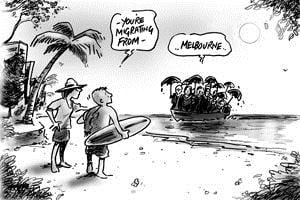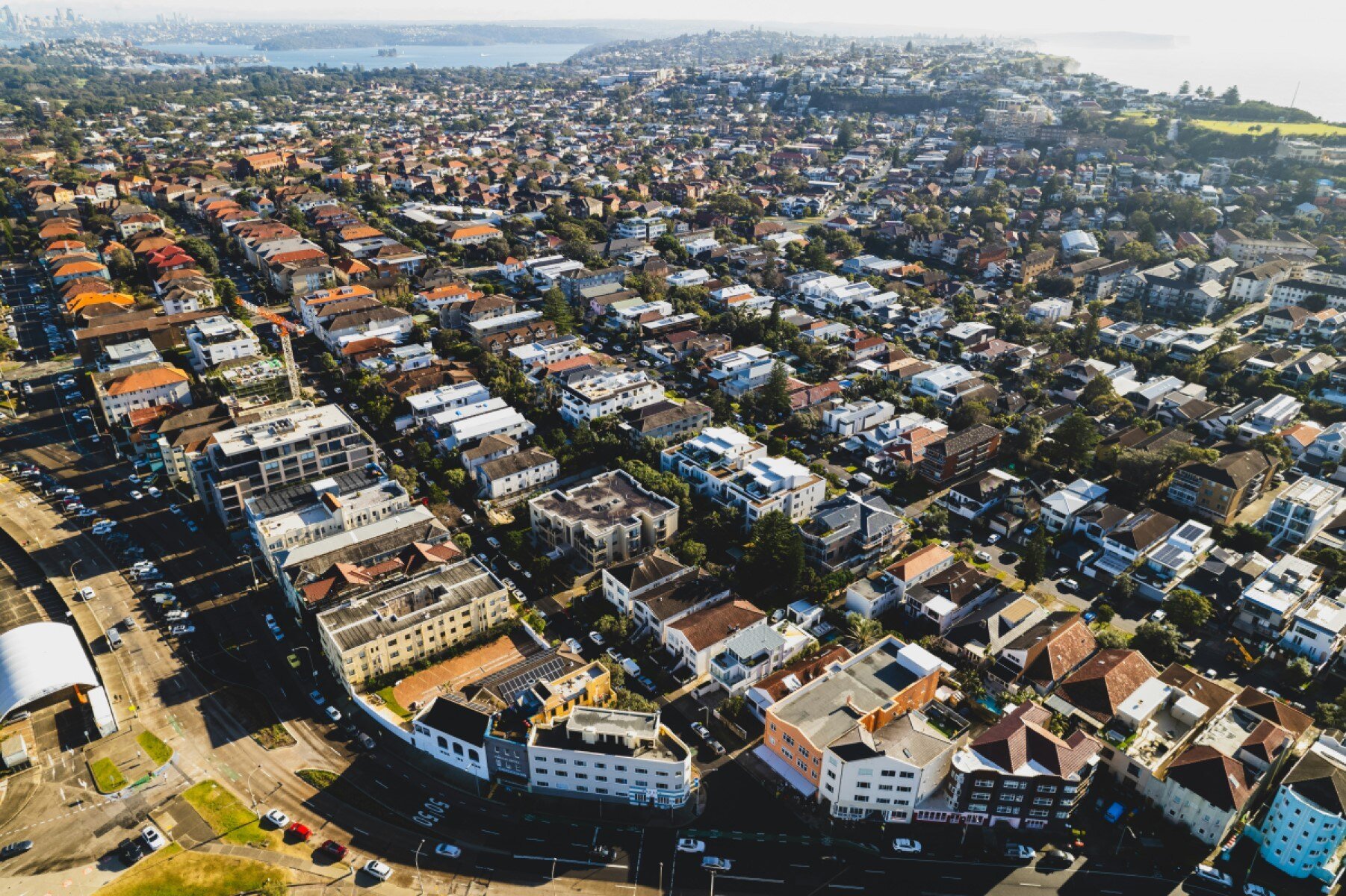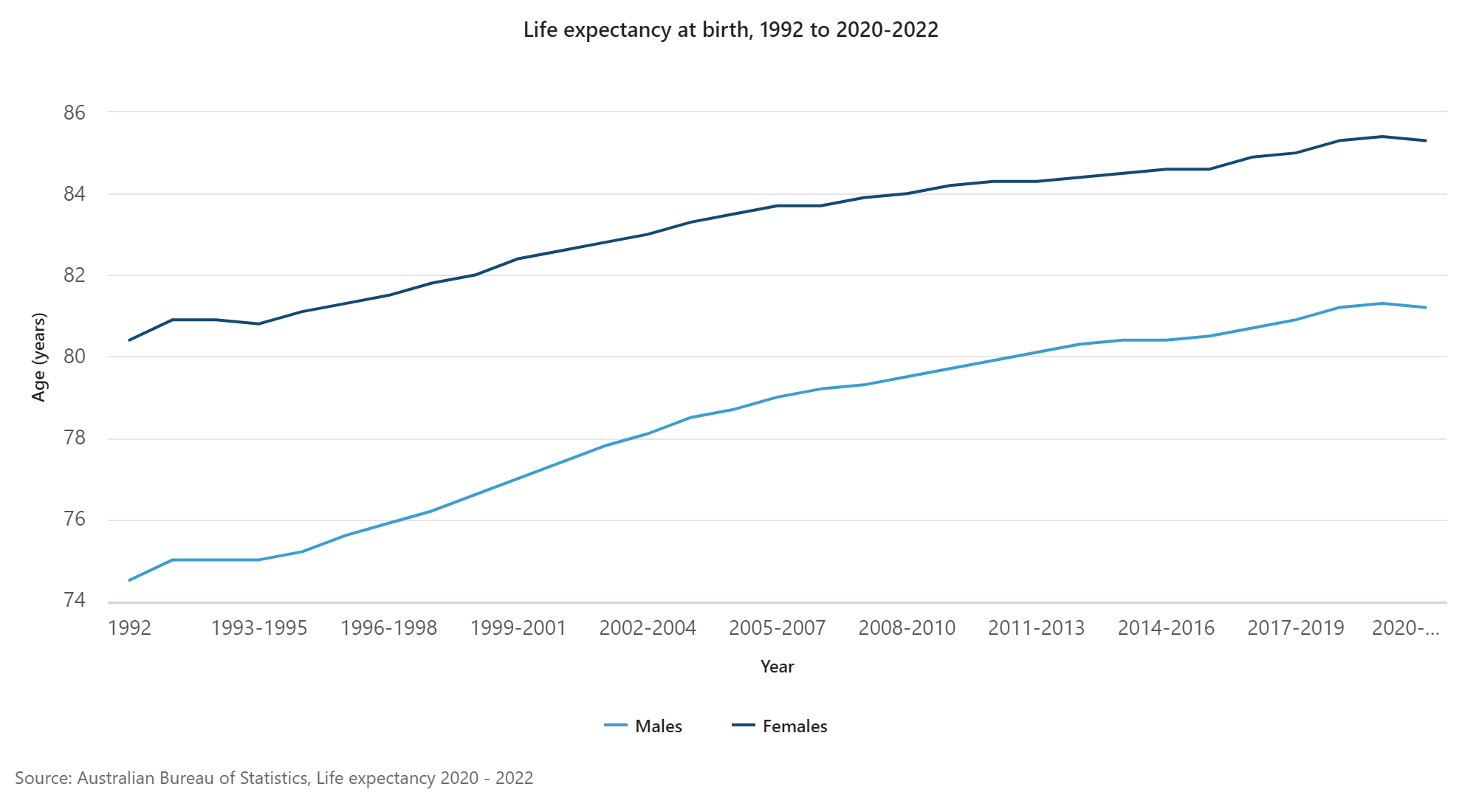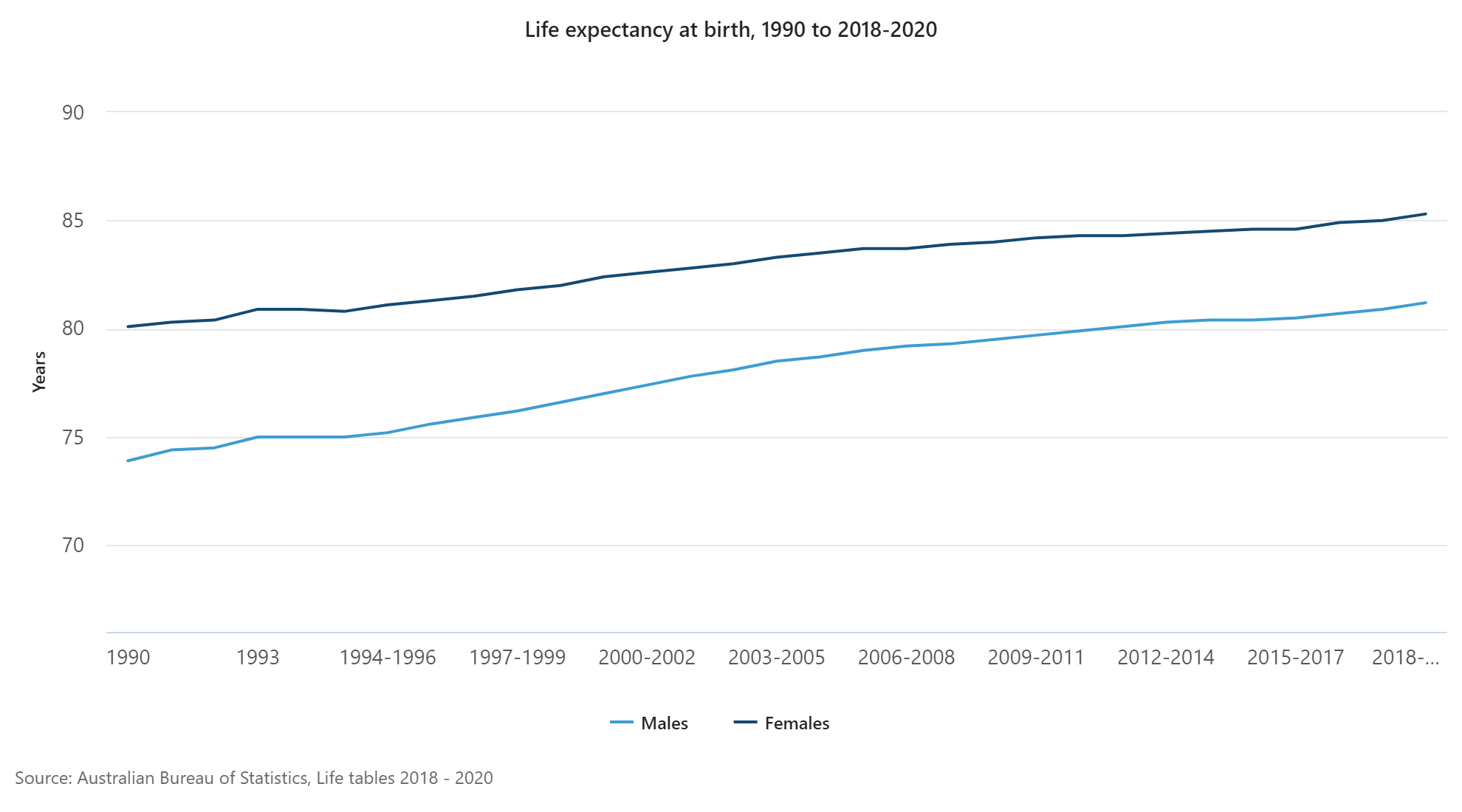The truth is: Melbourne’s weather is killing me. I cycle more than five times a week (to and from work/university/etc.) and maybe it is my bad luck or deadly attractiveness to rain clouds, it always rains when I cycle. And just a week or so ago, Melbourne recorded it’s highest rainfall in a June day since 1904 (read here). While rain isn’t for me, there are definitely people who would welcome it, particularly those who live in areas under extreme weather where their livelihoods and jobs may be affected. Two years ago, when I visited Kyneton, a small town in the north-west of Victoria with a population of about 4,450 people which had been in drought for years, the lady I lived with remarked at the lakes and puddles of water, saying, “It’s beautiful seeing them fill up. It’s the first time in 10 years”. The yearly rainfall in Melbourne has been averaging higher in the past few years (particularly 2011) than the decade prior to 2010 where Victoria as a whole was drought-stricken. However, this is not the same for the whole of Victoria and after two good years of rainfall in 2010 and 2011, there has been signs that the drought is coming back and affecting the region’s farming lands again (read more here). So the question is: Does the weather, particularly in my more extreme situations, affect migration?

I’m not a demographer, population expert or academic but I have heard of “environmental refugees” or “environmental migrants”. According to the International Organisation of Migration, these people are defined as:
“Persons or groups of persons who, for compelling reasons of sudden or progressive changes in the environment that adversely affect their lives or living conditions, are obliged to leave their habitual homes, or choose to do so, either temporarily or permanently, and who move either within their country or abroad.”
While the legitimacy of the term “environmental migrants” is still highly debatable today, it is nonetheless evident through empirical data and observation that people are indeed moving because of environmental factors. Almeria in the east of Spain, for example, saw huge outwards migration before 1970s because of drought, extreme aridity of the region and capricious rainfall which inhibited the development of agriculture (read more here). It was not until new technologies and agriculture practices (eg. Greenhouse agriculture, horticulture) as well as the overall socio-economic development of Spain that led to a wave of migrants and tourists to Almeria. What does this look like for Australia?

The agriculture, forestry and fishing industry saw an overall decrease in the number of residents working in the sector from 3.1% to 2.5% between 2006 and 2011. That accounts for over 30,000 people in Australia. Almost all regional areas within the states (except regional Northern Territory) saw significant decrease and change in the agriculture sector. While environmental issues such as extreme weathers may only be one of the many factors that affect migration, a report by the Commonwealth Scientific and Industrial Research Organisation (CSIRO) predicted that Australia’s annual average temperatures will increase 0.4-2 degrees Celsius above 1990 levels by 2030 and 1-6 degrees Celsius by 2070, dramatically impacting our agriculture, forestry and fishing industry, forcing people out of their jobs.
In regional Victoria for example where it is recorded with one of the least rainfall in the country, census results revealed that between 2006 and 2011, the agriculture, forestry and fishing industry had the largest decline by employment from 9.4% to 7.7%. While its population has been growing consistently along with most other industry sector by employment, we can see a trend in older workers, retirees or persons over 50 moving into these areas since 1991 while there was generally saw a slower growth or even decline in the younger population.
Thus, we can see that environmental issues have an impact on how communities are changing in terms of population and employment. According to the National Climate Change Adaptation Research Facility (NCCARF) (read report here), while population displacement, forced migration and ‘climate change refugees’ is hardly a thing in Australia, climate change has significantly changed the way people live and adapt. Policies have been drawn up to impose water restrictions and different agricultural methods as mentioned above have been adopted to cope with climate change.
Therefore, the answer, in short, to whether climate change affects migration – particularly overseas migration – in Australia is “hardly”. Along with other factors such as education and urbanisation, inter-city and inter-state migration are “possible”. But as we mentioned above, environmental issues have changed communities and the way people live within these communities. As for me, I guess I just have to lug around my raincoat and pray that the rain clouds stop following me!
Find out more out population change in Australia via our online demographic resource centre!













